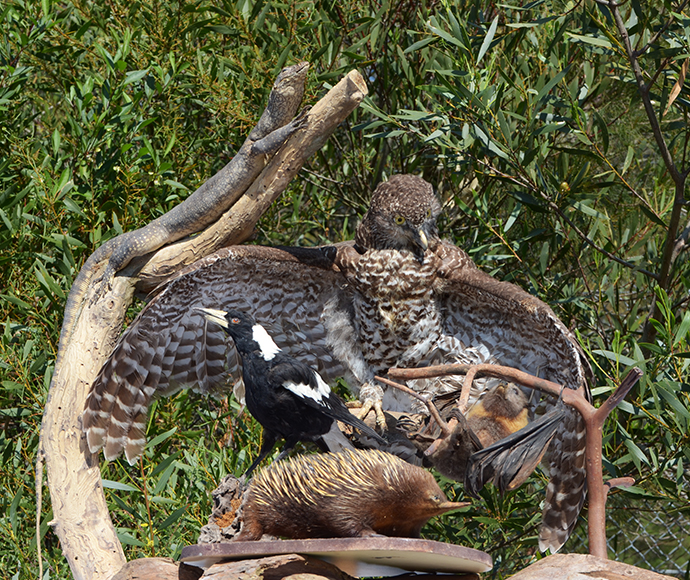 Taxidermy involves preparing the skins of animals to create lifelike models for display. Knowledge of animal anatomy, technical skills and artistic talent are needed to do this work.
Professional taxidermists supply preserved animals to museums, research and educational organisations, hunters and fishers. Taxidermy is also practised as a hobby.
Taxidermy involves preparing the skins of animals to create lifelike models for display. Knowledge of animal anatomy, technical skills and artistic talent are needed to do this work.
Professional taxidermists supply preserved animals to museums, research and educational organisations, hunters and fishers. Taxidermy is also practised as a hobby.
The taxidermy process usually starts with skinning an animal. The skin is then tanned (treated) and fitted over an artificial body made from carved foam or sculpted wire. Clay and wax reproduce soft tissues, and glass eyes are added.
Licences involving taxidermy are changing
Protected Animal Specimens Code of Practice
Anyone wanting to keep preserved specimens of protected native animals or animal parts (like eggs, claws, feathers, or bones) may be authorised to do so under the Protected Animal Specimens Code of Practice.
Get your licence
To carry out taxidermy on protected native animals you need a licence.

